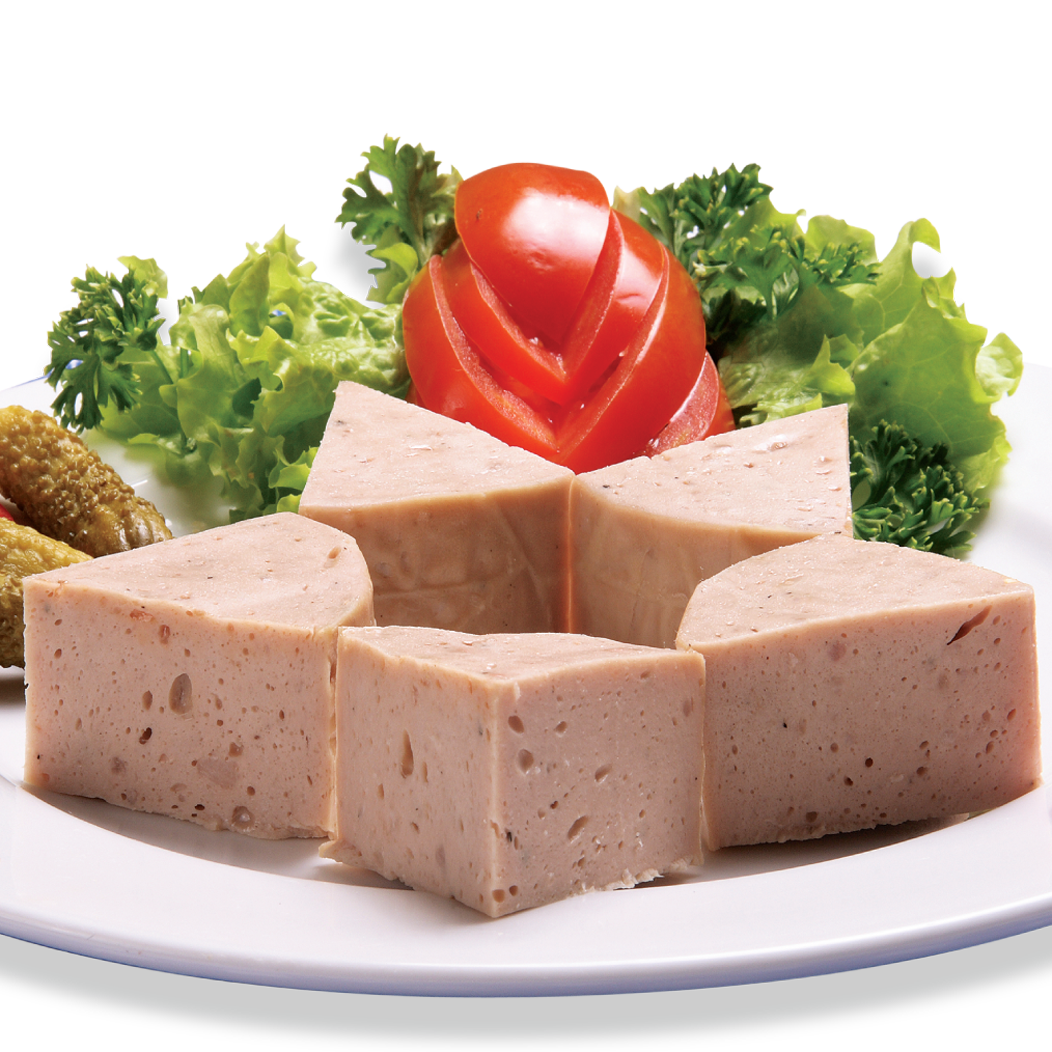Relic Hoa Lo Prison in the heart of Hanoi. French colonialists built the prison in 1896 to detain fighting French colonialism, which is called the Maison Centrale, but because the prison was built on the land of Phu Khanh village,Hanoi. This village which is specialized in the production of pottery, kilns burning day and night, so the village was called
Hoa Lo prison here and also known as Prison Fire Fireplace.
The prisons are often isolated from other residential areas, particularly in central Hoa Lo Hanoi - the capital of the then colonial government. Besides jail felony and is building a secret base, forming the tripod legs, ready to suppress the revolutionary movement of our people. Hoa Lo is permanent buildings in most of Indochina, the ants also difficult to pass well.
Prison is surrounded by stone walls, reinforced 4m high, 0.5 m thick, reinforced by barbed wire systems have high voltage lines running across the four corners of the tower is likely the most observed election most all of the prisons. Particularly iron gate system, was brought from France to lock.
The cell, dark, cramped cell, lack of air and the infamous jailers, senior govern ready Con Dao prison repression, even killing prisoners.
 |
| Hoa Lo Prison |
Hoa Lo Prison is indeed hell. Since unfinished, May 1,1899 to Hoa Lo Prison was detained persons undertaking. According to the original design, just enough Hoa Lo prison 500 inmates, but it has been extended several times to have more space detained prisoners. The years 1950 - 1953, Hoa Lo prison of 2,000 inmates. Currently, Hoa Lo relics preserved the guillotine has been working for the French, May 1,1930 carried out up to the 13 Yen Bai Vietnam soldiers captured Nationalist uprising Yen Bai (headed by Nguyen Thai Hoc).
Many generations of Vietnam has imprisoned at Hoa Lo Prison, which is the patriotic scholars such as Phan Boi Chau, Luong Van Can, Duong Ba Trac. to Mr. Nguyen Van Cu, Truong Chinh, Le Duan, Nguyen Van Linh, Do Muoi ... the outstanding people of our nation, which later became General Secretary of the Communist Party of Vietnam, with many soldiers and officers from other networks. Although the enemy was beaten, shackled in the dungeon cell, even to sacrifice their lives, but the soldiers will still keep fighting. Hoa Lo Prison became school revolution, the ideological training environment, will the revolutionary struggle. Even in the Hoa Lo Prison, the training focus is political opening, the Red Prison newspaper, magazine Prison ... born enemies to respect that. In 1930, the cost of the first Communist Party was founded by Mr. Hoang Quoc Viet secretary has taken a leadership role, many organizations struggle, victory.
After the complete liberation of the capital (10.10.1954), Hoa Lo prison under the control of the revolutionary government. Since 1964 - 1973, Hoa Lo Prison was used to detain American pilots shot down during the war of destruction of North American imperialism, including P.Peterson - later the first U.S. ambassador in Vietnam.
1993, on the grounds of the Tower of Hanoi, Hoa Lo - a commercial center is built, the rest become historic revolution especially in the capital, which is evidence of the crimes of the French. It also kept many documents and records of the mirror indomitable fighting heroically sacrifices of many generations of communist soldiers arrested imprisonment. Hoa Lo relic is still pretty much intact with precious materials, scientific display, is fascinating attractions, attracting many domestic and foreign tourists to Hanoi every occasion.










